Home>Home Appliances>Kitchen Appliances>How To Dry Rosemary In A Dehydrator
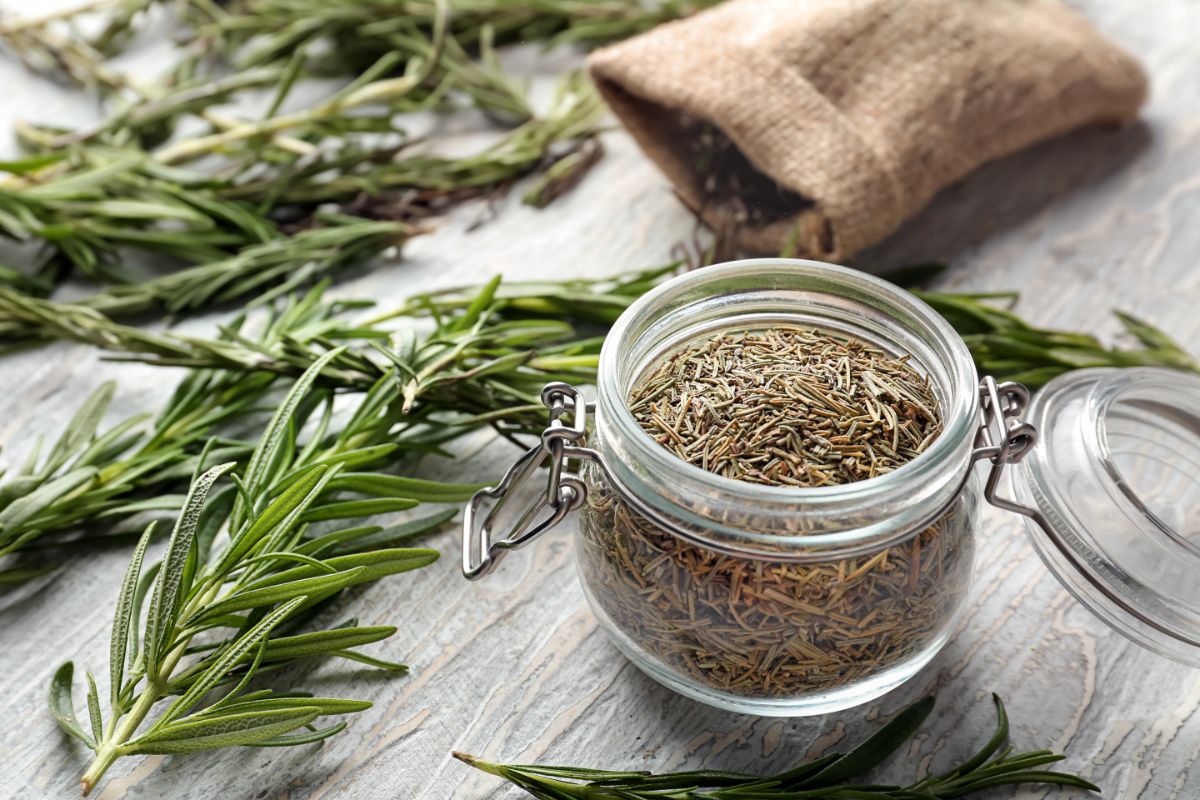

Kitchen Appliances
How To Dry Rosemary In A Dehydrator
Modified: January 8, 2024
Learn how to dry rosemary in a dehydrator with our easy step-by-step guide. Discover the best kitchen appliances for preserving herbs at home. Start drying your rosemary today!
(Many of the links in this article redirect to a specific reviewed product. Your purchase of these products through affiliate links helps to generate commission for Storables.com, at no extra cost. Learn more)
Introduction
Welcome to the world of culinary exploration, where the vibrant flavors and aromas of herbs take center stage. In this guide, we'll delve into the art of drying rosemary using a dehydrator. Rosemary, with its earthy fragrance and robust flavor, is a beloved herb in countless kitchens. Whether you've harvested fresh rosemary from your garden or purchased a bundle from the market, preserving it through drying ensures that its essence can be enjoyed throughout the year.
Drying rosemary in a dehydrator is a simple yet rewarding process that retains the herb's essential oils, flavor, and nutrients. By following the steps outlined in this article, you'll be able to create your own stash of dried rosemary, ready to infuse your culinary creations with its distinctive taste and aroma.
Join us on this aromatic journey as we explore the intricacies of drying rosemary in a dehydrator, from selecting and preparing the herb to optimizing the dehydrating process. Let's unlock the secrets of preserving rosemary's essence, ensuring that its culinary magic is always within reach.
Key Takeaways:
- Preserve the essence of rosemary by drying it in a dehydrator. Select, prepare, and dry the herb to create a potent culinary treasure, ready to infuse dishes with its distinctive flavor and aroma.
- Store dried rosemary in airtight containers in a cool, dark place to maintain its quality. Label containers with the drying date for freshness tracking, ensuring the herb remains vibrant and flavorful for culinary use.
Read more: How To Store Dried Rosemary
Choosing and Preparing the Rosemary
Before embarking on the drying process, it’s essential to select fresh, high-quality rosemary. If you have a thriving rosemary plant in your garden, consider harvesting the sprigs in the morning when the aromatic oils are at their peak. Alternatively, if purchasing rosemary, look for vibrant, green sprigs with minimal wilting or browning.
Once you’ve gathered your rosemary, it’s time to prepare it for the dehydrator. Start by gently rinsing the sprigs under cool water to remove any dirt or debris. Pat them dry with a clean kitchen towel, ensuring that excess moisture is removed. Next, inspect the sprigs and trim away any discolored or damaged leaves, as these can affect the overall quality of the dried rosemary.
For optimal drying, it’s advisable to leave the rosemary sprigs intact, as this helps to retain the herb’s essential oils and flavor. However, if you prefer a more convenient option for storage and use, you can strip the leaves from the stems after drying. This allows for easy incorporation into various dishes and infusions.
As you prepare the rosemary, take a moment to appreciate its invigorating aroma and the promise of culinary delights to come. With your rosemary selected and prepared, it’s time to set up the dehydrator for the next stage of the journey.
Setting up the Dehydrator
Now that your rosemary is meticulously prepared, it’s essential to ensure that your dehydrator is ready to work its magic. If you’re new to using a dehydrator, fear not – the setup process is straightforward and immensely rewarding.
First, locate a clean, flat surface in a well-ventilated area for the dehydrator. This ensures proper airflow during the drying process, allowing the rosemary to dehydrate evenly. Place the dehydrator trays nearby, as you’ll soon be arranging the prepared rosemary sprigs on them.
Before loading the rosemary onto the trays, it’s beneficial to lightly coat them with non-stick cooking spray or oil. This simple step prevents the rosemary from sticking to the trays during the drying process, making it easier to remove the dried herb once the process is complete.
Now, carefully arrange the prepared rosemary sprigs on the dehydrator trays, ensuring that there’s ample space between each sprig. This spacing allows for optimal airflow, promoting even drying and preventing the sprigs from sticking together. As you place the rosemary on the trays, take a moment to appreciate the verdant beauty and aromatic allure of the herb, knowing that its essence will soon be preserved in its dried form.
With the dehydrator trays adorned with rosemary, it’s time to set the temperature and duration for the drying process. Different dehydrators may feature varied temperature settings, but a range of 95°F to 115°F (35°C to 46°C) is generally suitable for drying herbs like rosemary. Consult your dehydrator’s manual for specific guidelines, and set the temperature accordingly.
As the dehydrator hums to life, the aromatic journey of drying rosemary enters its next phase. The gentle warmth and circulating air within the dehydrator will gradually transform the fresh rosemary into a treasure trove of dried herb, ready to impart its essence to your culinary creations.
After washing and patting dry the rosemary, spread it in a single layer on the dehydrator trays. Set the temperature to 95°F and let it dry for 1-2 hours, or until the leaves are crispy. Store in an airtight container.
Drying the Rosemary
As the dehydrator begins its gentle symphony of warmth and airflow, the process of drying the rosemary commences. This transformative phase is where the herb’s vibrant green hue gives way to the rich, concentrated essence of dried rosemary, ensuring that its flavor and aroma are preserved for future culinary endeavors.
Throughout the drying process, it’s essential to monitor the rosemary regularly, allowing you to observe its progression and make any necessary adjustments. Depending on the dehydrator model and environmental conditions, the drying time for rosemary can range from 1 to 4 hours.
During this time, the dehydrator’s controlled environment works its magic, gently removing moisture from the rosemary while preserving its essential oils and flavor compounds. As the hours pass, the once-supple rosemary sprigs gradually transform into brittle, aromatic treasures, ready to infuse your dishes with their distinctive essence.
To ensure that the rosemary dries uniformly, consider rotating the trays within the dehydrator at regular intervals. This simple step promotes even drying, guaranteeing that each sprig reaches its optimal state of dryness. Additionally, periodically check the rosemary for dryness by gently touching the leaves – when they crumble easily, the herb is thoroughly dried and ready for the next stage.
Throughout the drying process, take a moment to savor the tantalizing aroma that wafts from the dehydrator, a testament to the herb’s evolving essence. The gentle hum of the dehydrator serves as a symphony of anticipation, heralding the imminent completion of the rosemary’s transformation.
As the drying process draws to a close, the once-fresh rosemary has metamorphosed into a bounty of dried herb, brimming with concentrated flavor and aromatic allure. With the rosemary thoroughly dried, it’s time to turn our attention to the crucial step of storing this culinary treasure.
Storing the Dried Rosemary
With the rosemary expertly dried to perfection, it’s essential to store this culinary treasure in a manner that preserves its flavor, aroma, and quality. Proper storage ensures that the dried rosemary remains a steadfast companion in your culinary adventures, ready to elevate dishes with its distinctive essence.
Before storing the dried rosemary, take a moment to savor its invigorating aroma and appreciate the transformation from fresh sprigs to concentrated herb. This sensory journey encapsulates the essence of culinary craftsmanship, where nature’s bounty is preserved for future creations.
To begin, carefully remove the dried rosemary from the dehydrator trays, marveling at its brittle texture and aromatic allure. Next, transfer the dried rosemary to clean, airtight containers such as glass jars or resealable bags. These containers shield the herb from moisture and light, preserving its flavor and aroma over an extended period.
When filling the storage containers, consider leaving some room at the top to allow for air circulation. This simple practice helps maintain the dried rosemary’s quality and prevents it from becoming compressed, ensuring that its delicate leaves retain their texture and potency.
For added convenience and organization, label the storage containers with the date of drying. This small yet invaluable detail allows you to track the dried rosemary’s freshness and usage, ensuring that you always reach for the most vibrant and flavorful herb in your culinary endeavors.
When selecting a storage location for the dried rosemary, opt for a cool, dark, and dry environment. This shields the herb from the degrading effects of light, heat, and humidity, preserving its quality for an extended period. A pantry or cupboard away from direct sunlight is an ideal storage spot, ensuring that the dried rosemary remains a steadfast ally in your culinary pursuits.
With the dried rosemary expertly stored, it stands ready to infuse your culinary creations with its distinctive flavor and aroma. Whether destined for savory roasts, aromatic marinades, or hearty stews, this preserved herb is a testament to the art of culinary preservation and the enduring allure of rosemary’s essence.
Read more: How To Dry Figs In A Dehydrator
Conclusion
Embarking on the journey of drying rosemary in a dehydrator unveils a captivating process that transforms fresh herb into a potent culinary treasure. From the careful selection and preparation of the rosemary to the artful orchestration of the dehydrating process, each step encapsulates the essence of preserving nature’s bounty for culinary endeavors.
As the dried rosemary awaits its culinary debut, its concentrated flavor and aromatic allure serve as a testament to the art of preservation and the enduring magic of herbs. The journey from vibrant green sprigs to brittle, aromatic treasures is a sensory odyssey that celebrates the essence of rosemary and its role in elevating dishes with its distinctive taste and aroma.
Preserving rosemary through drying not only ensures its availability throughout the year but also captures the herb’s essence at its peak, ready to impart its magic to an array of culinary creations. From savory roasts and marinades to hearty stews and infused oils, the dried rosemary stands as a steadfast companion in the kitchen, enriching dishes with its timeless allure.
As you savor the aromatic journey of drying rosemary in a dehydrator, may the essence of this herb infuse your culinary creations with warmth, flavor, and the timeless allure of nature’s bounty. Embrace the art of preservation, and let the dried rosemary weave its magic into the tapestry of your culinary adventures, ensuring that its essence is always within reach.
With each sprinkle of dried rosemary, may the culinary traditions and timeless allure of this herb enrich your creations and evoke the spirit of culinary craftsmanship. From the garden to the dehydrator and onto your plate, the journey of dried rosemary is a testament to the enduring magic of herbs and the art of preserving nature’s bounty.
Frequently Asked Questions about How To Dry Rosemary In A Dehydrator
Was this page helpful?
At Storables.com, we guarantee accurate and reliable information. Our content, validated by Expert Board Contributors, is crafted following stringent Editorial Policies. We're committed to providing you with well-researched, expert-backed insights for all your informational needs.
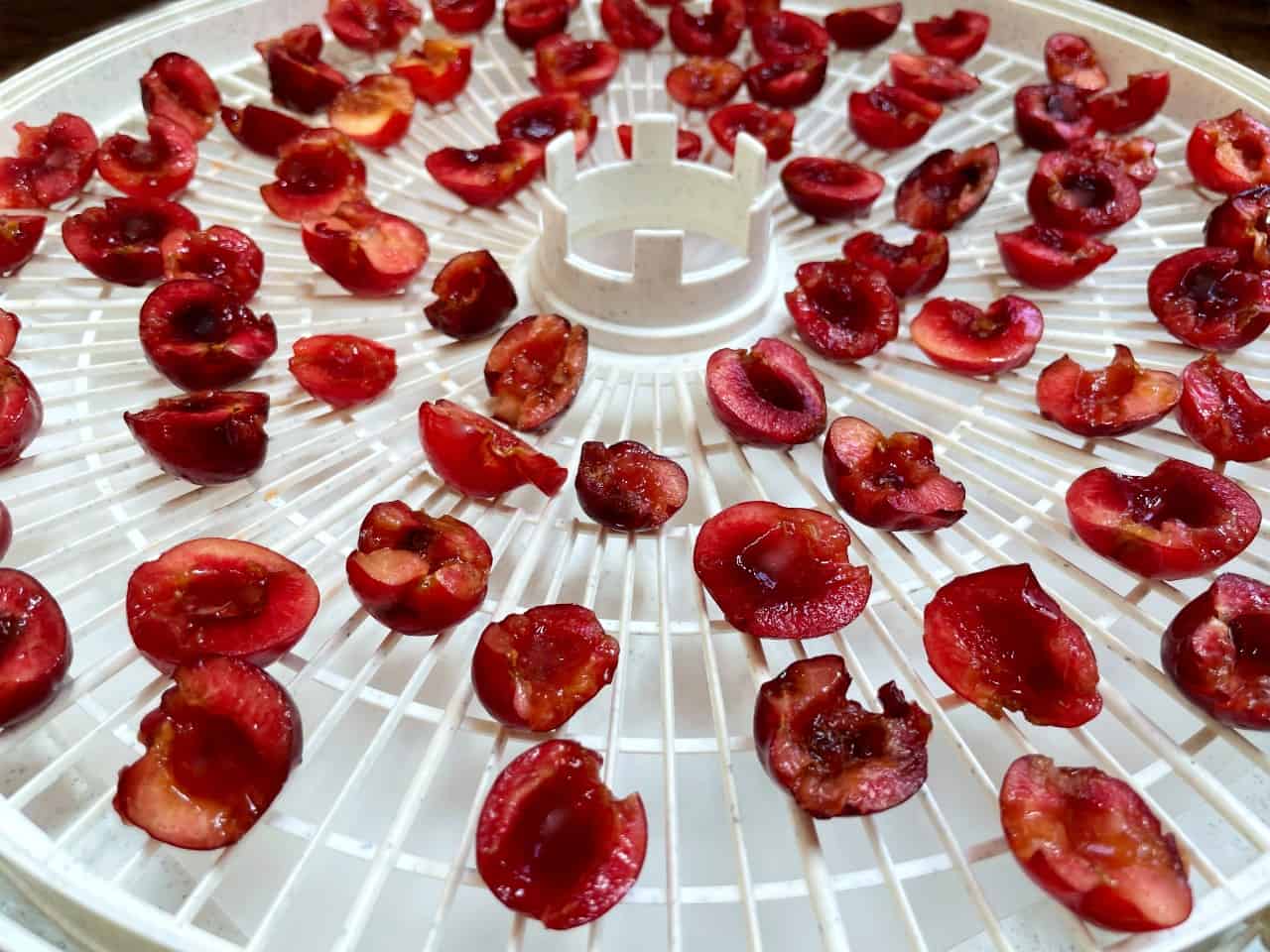


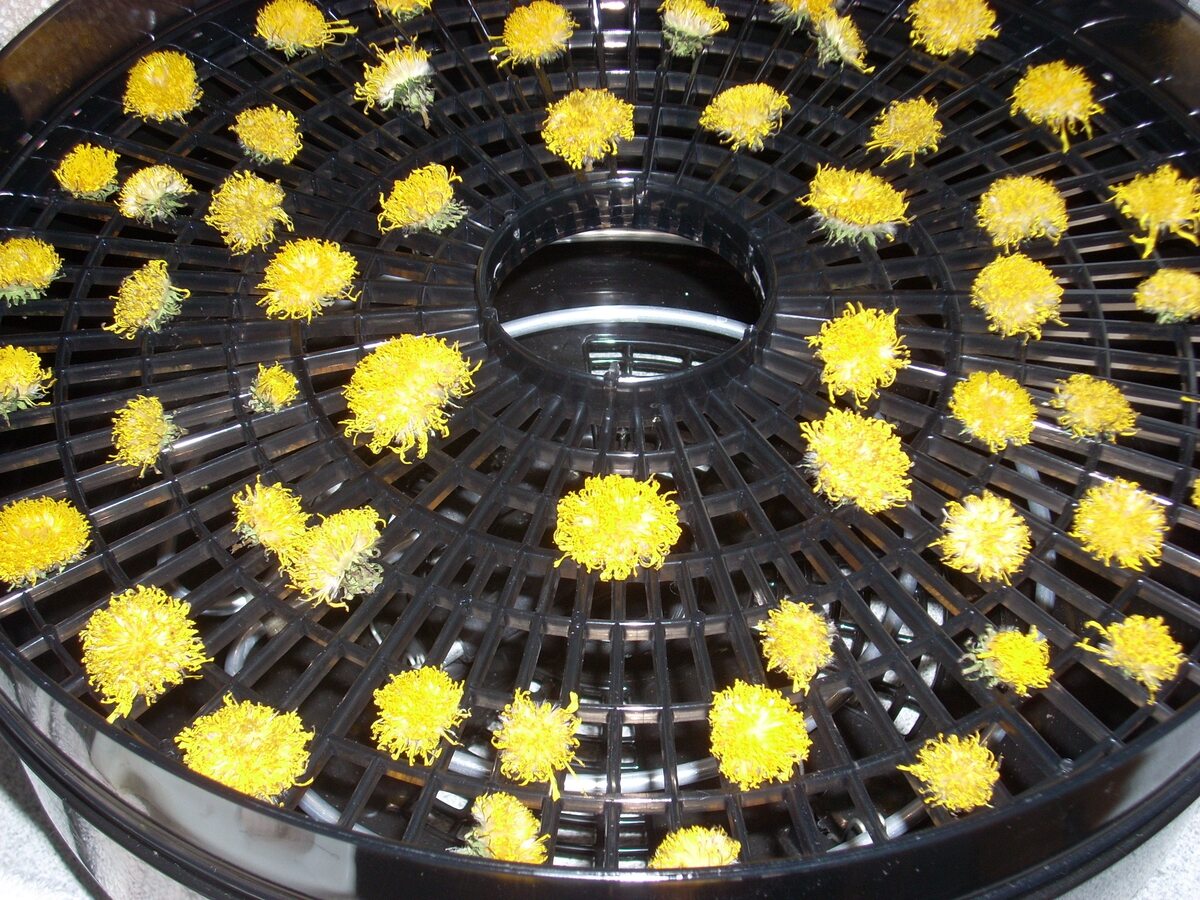
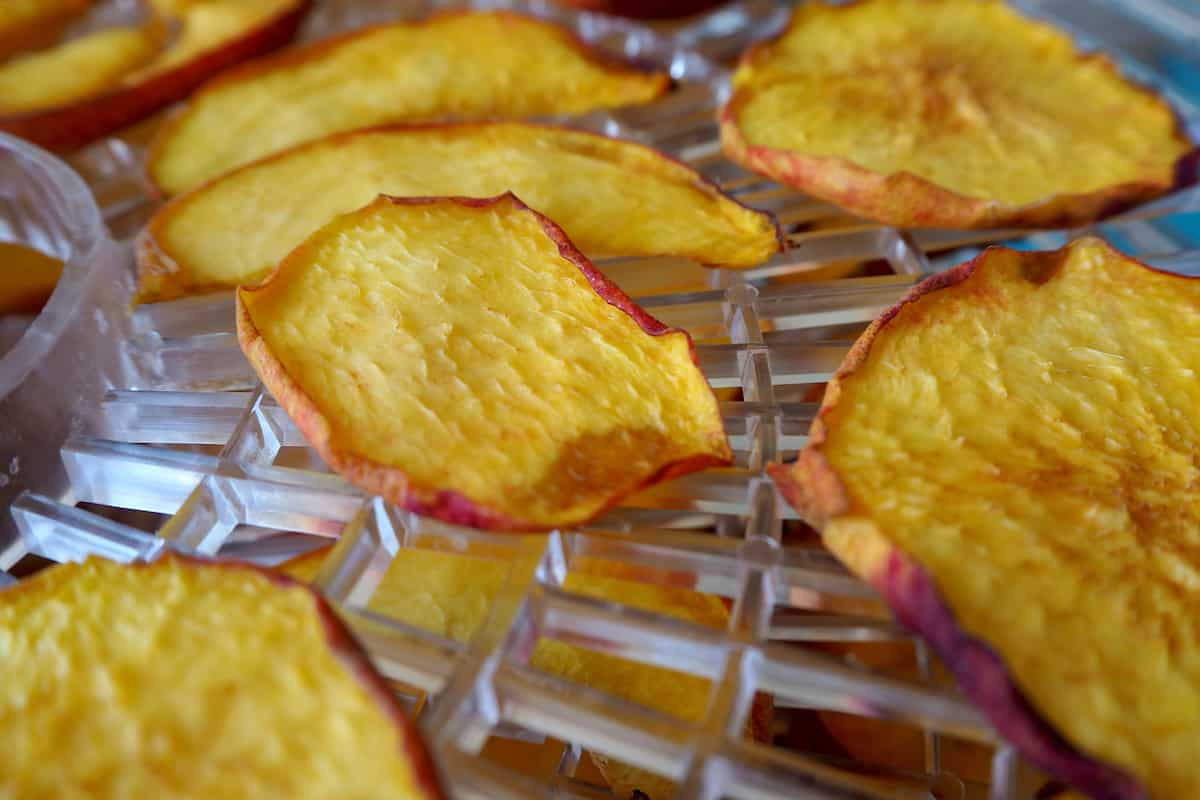
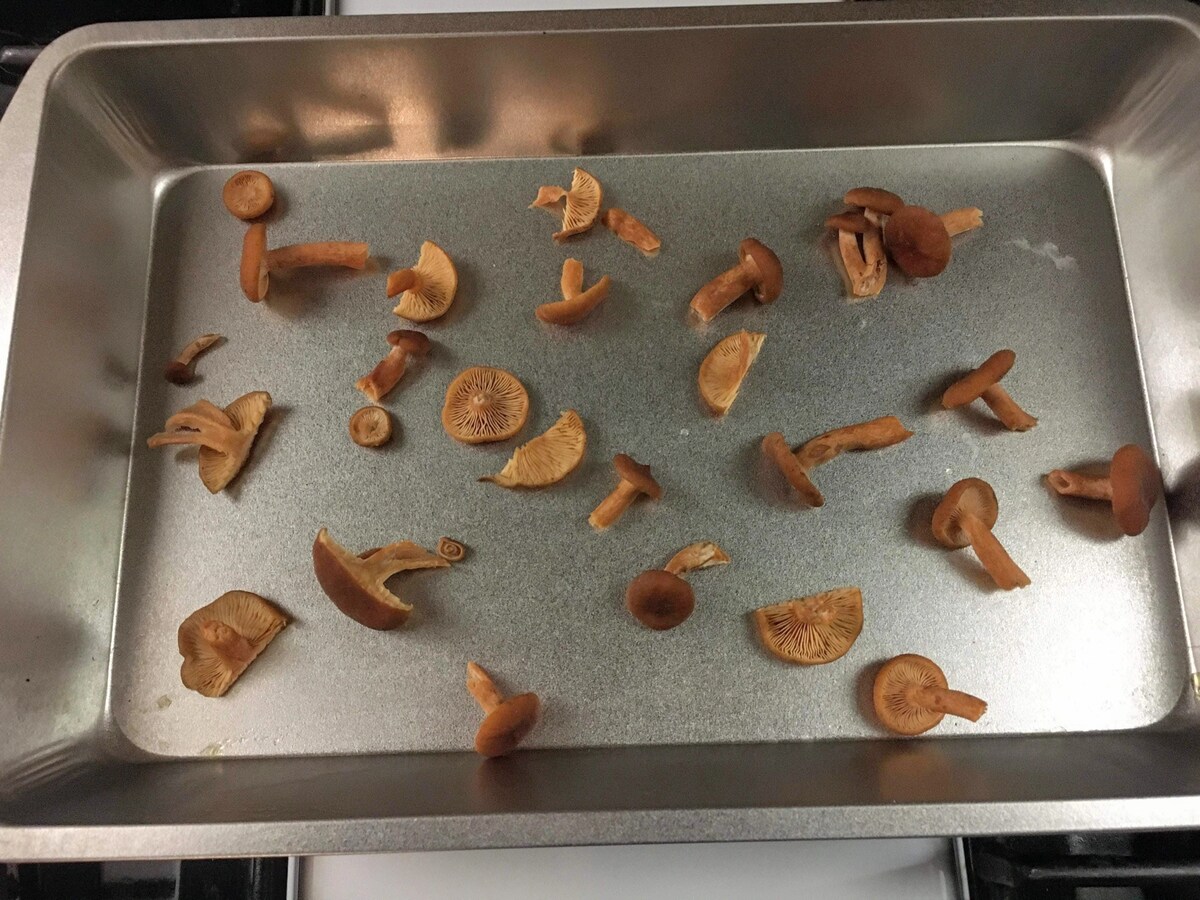
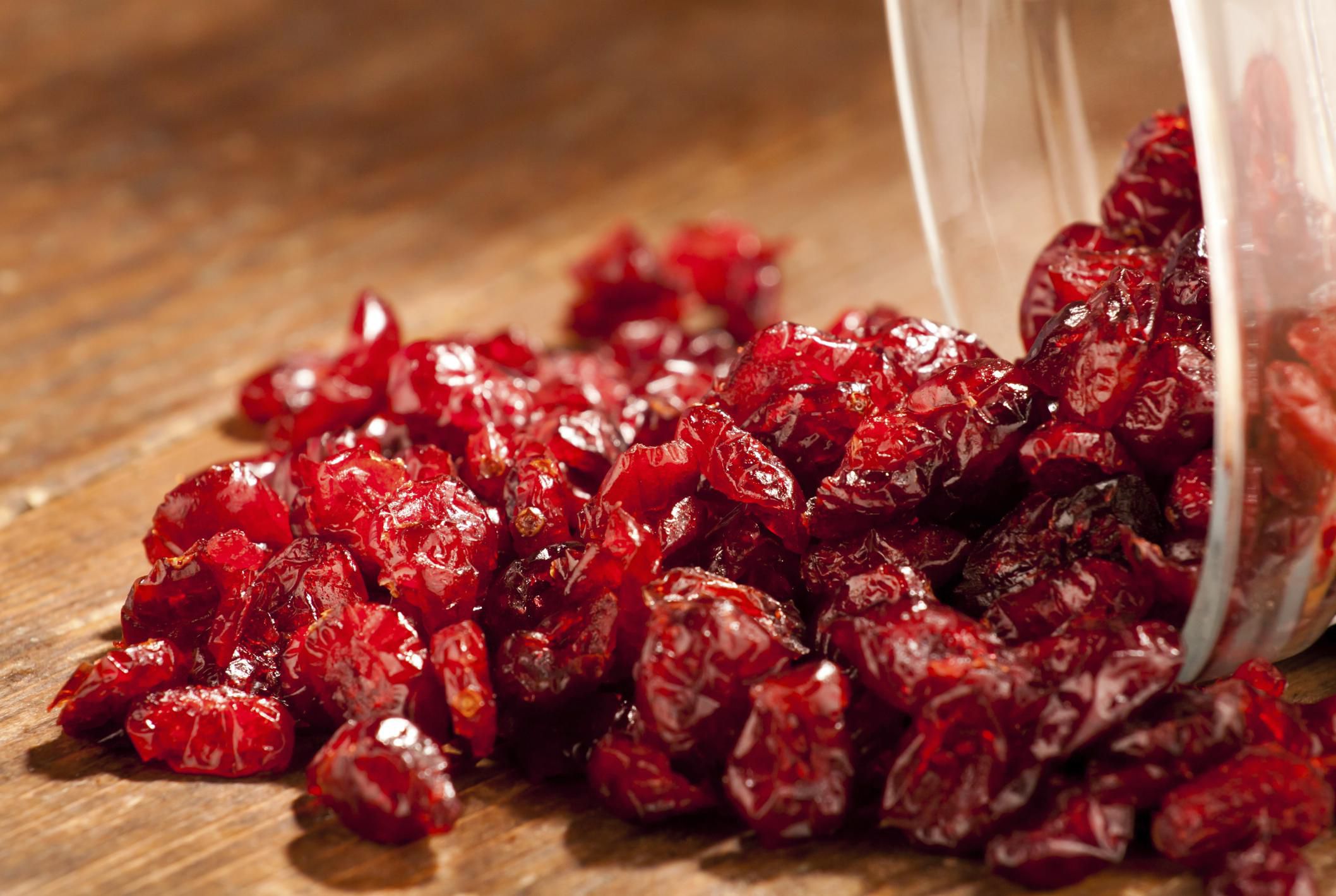
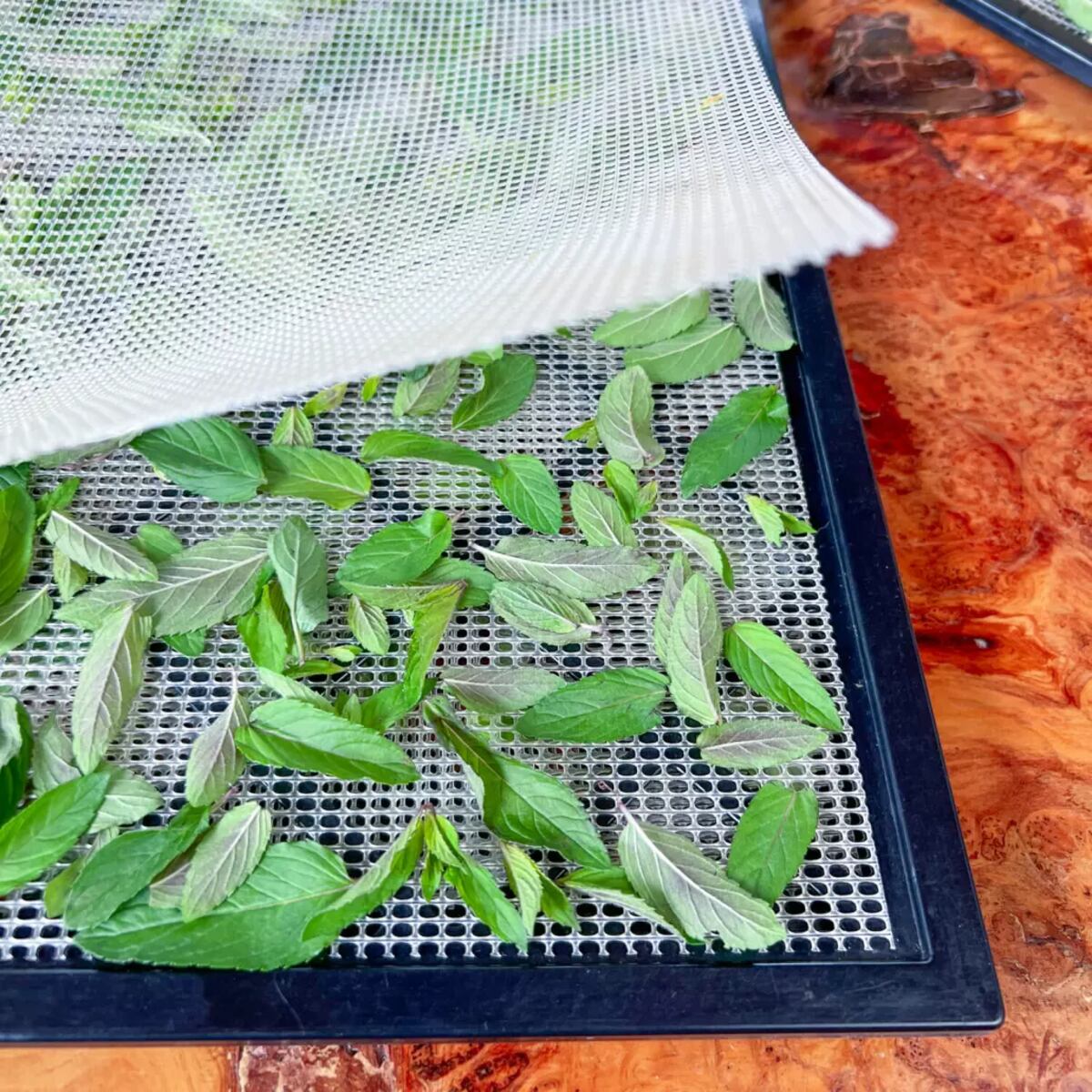

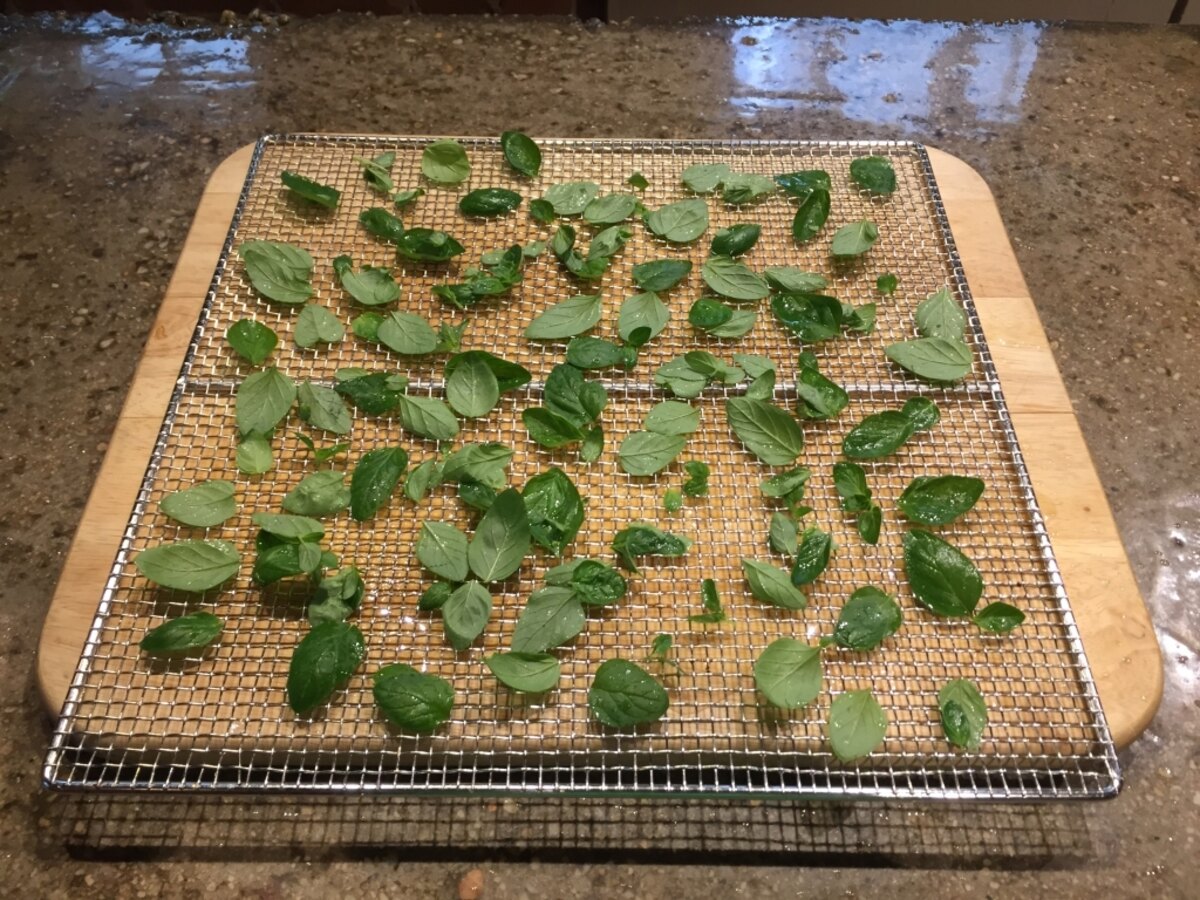
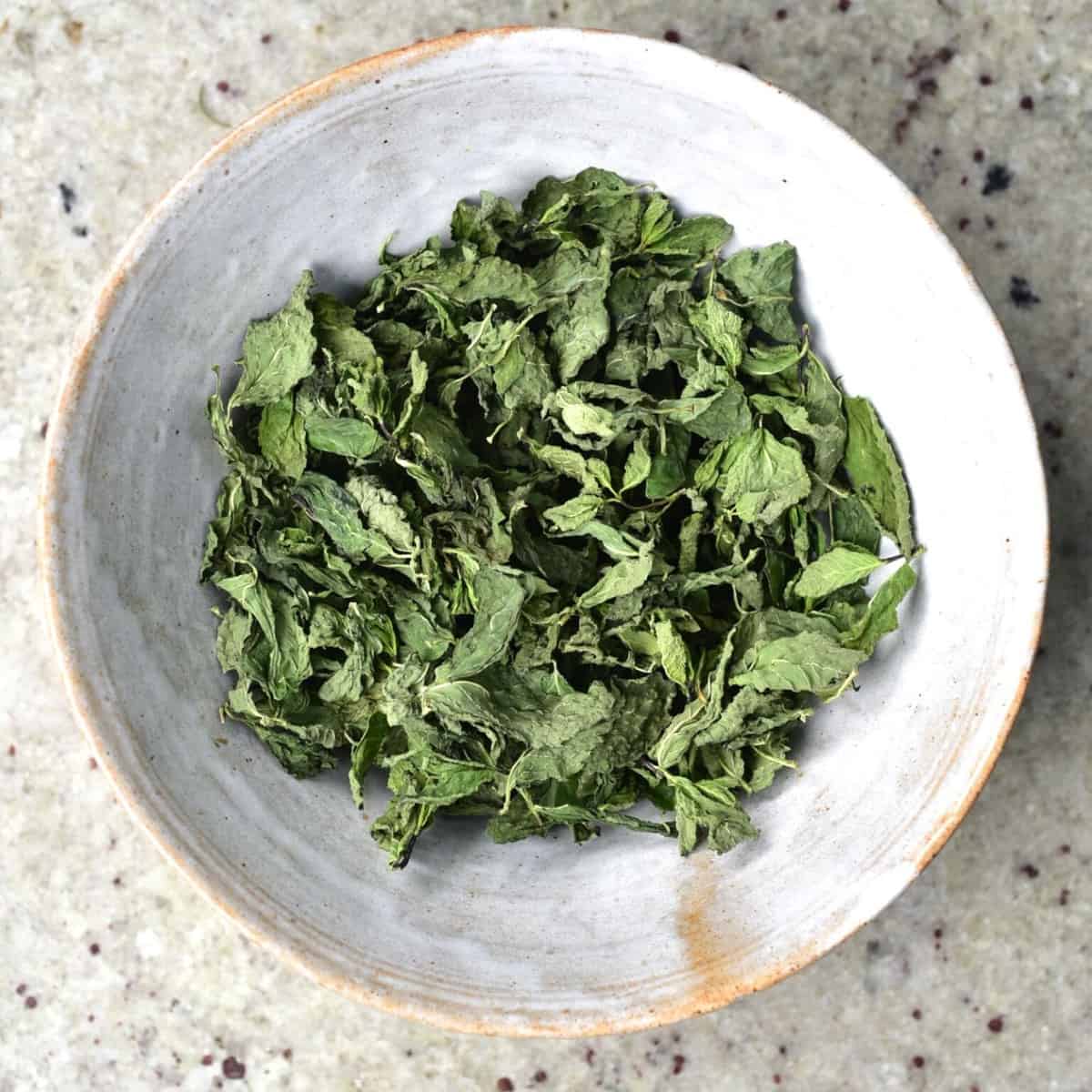
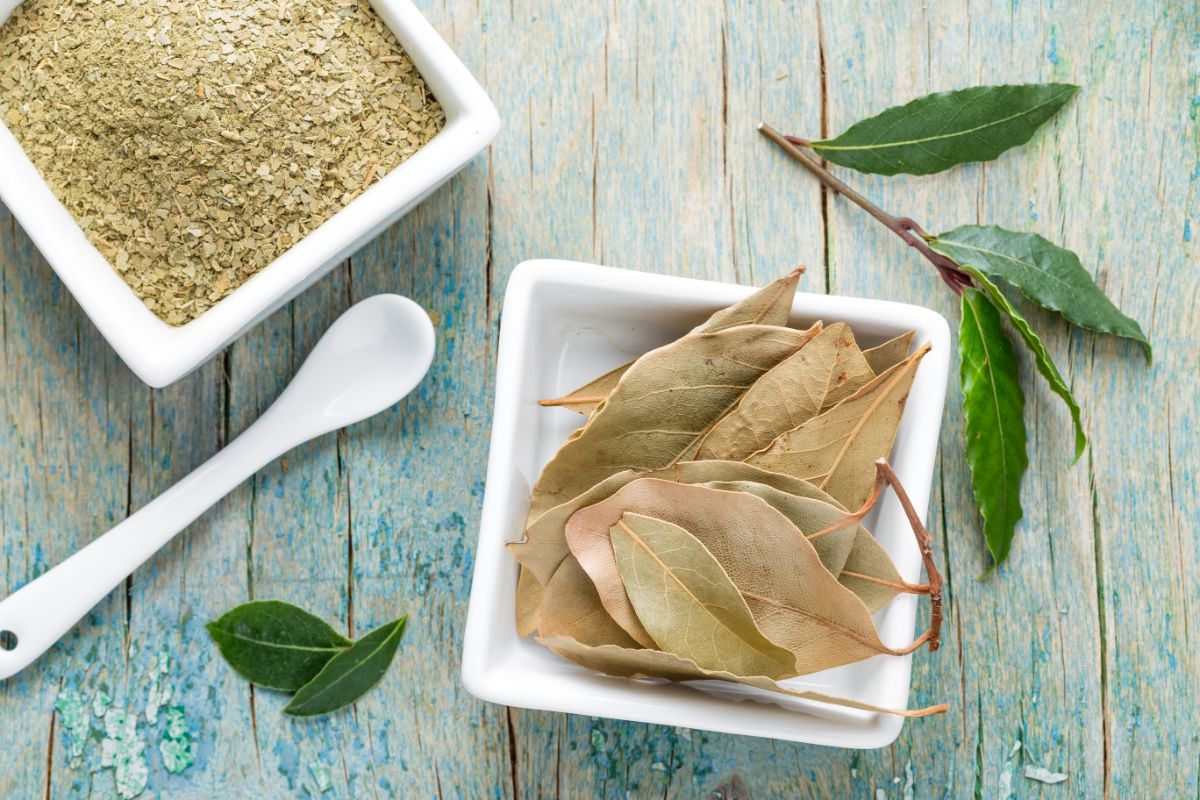
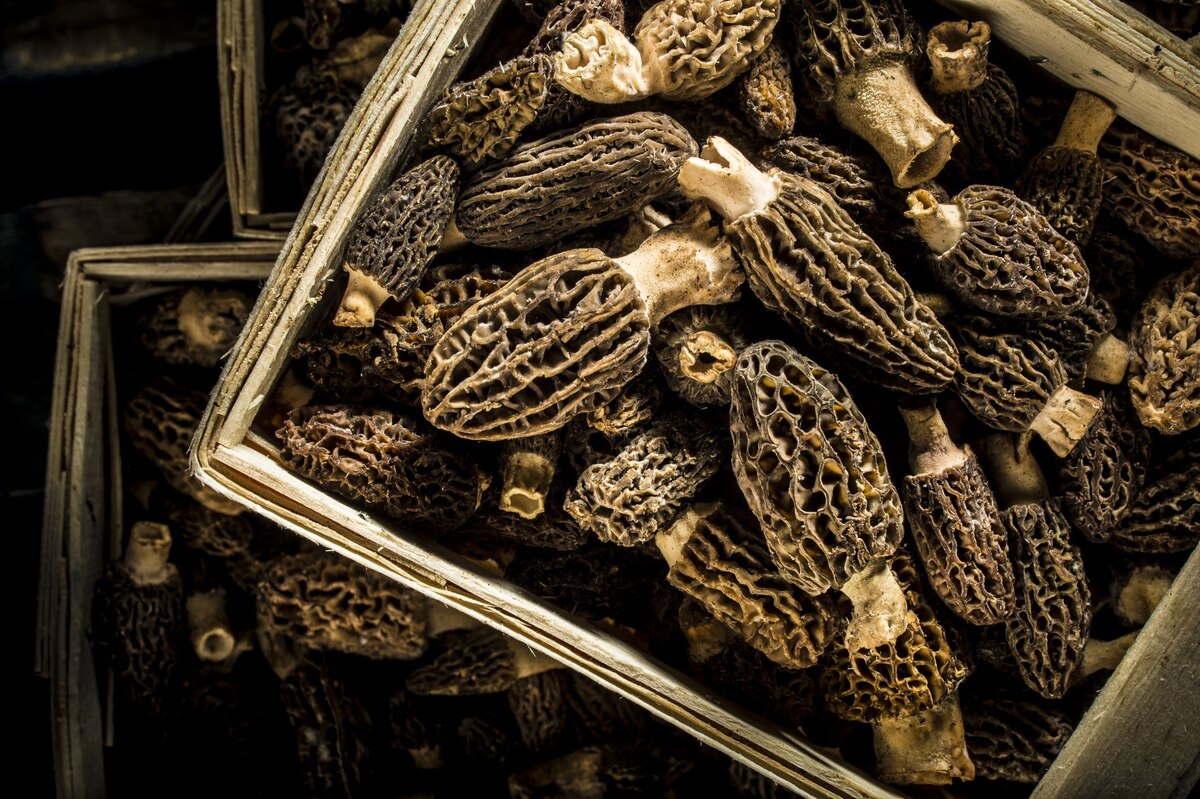
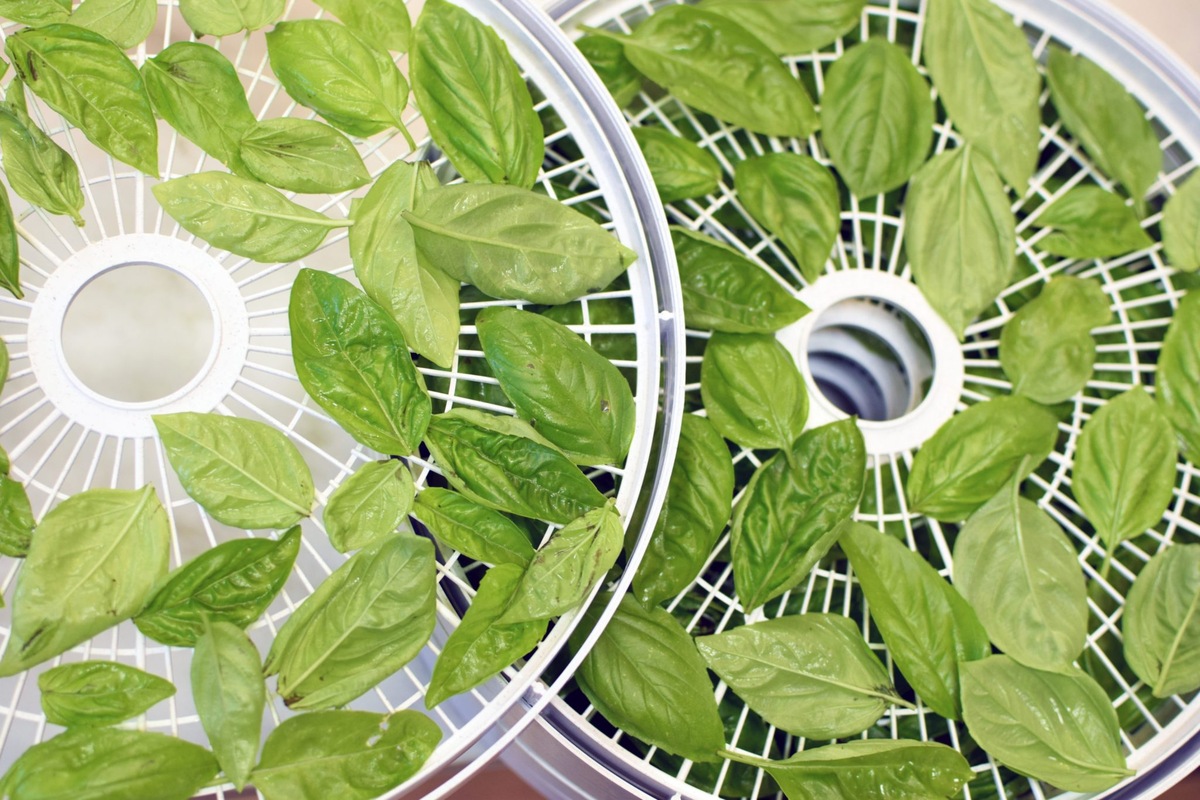

0 thoughts on “How To Dry Rosemary In A Dehydrator”